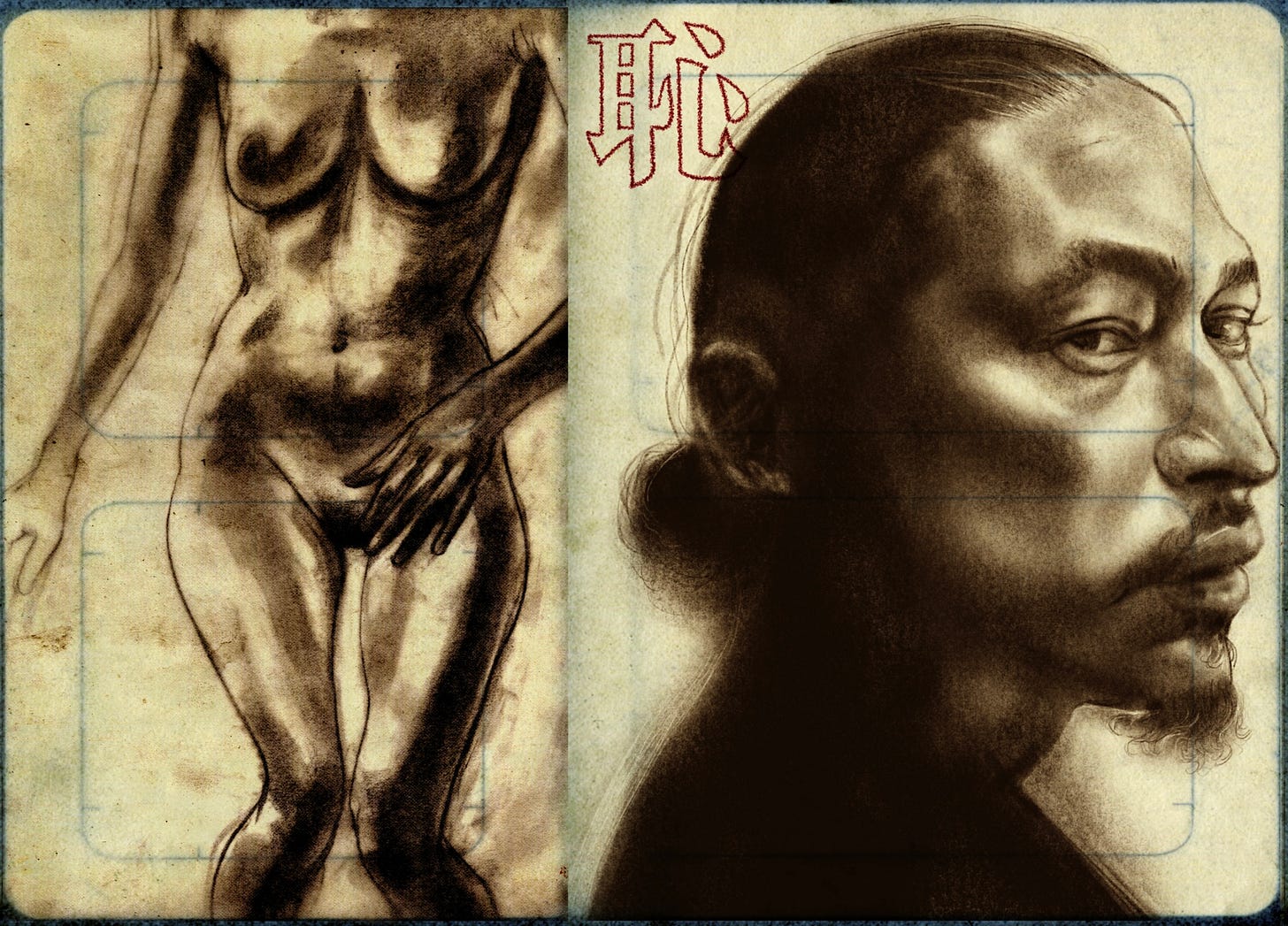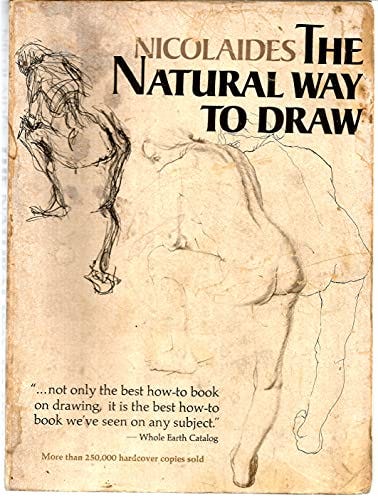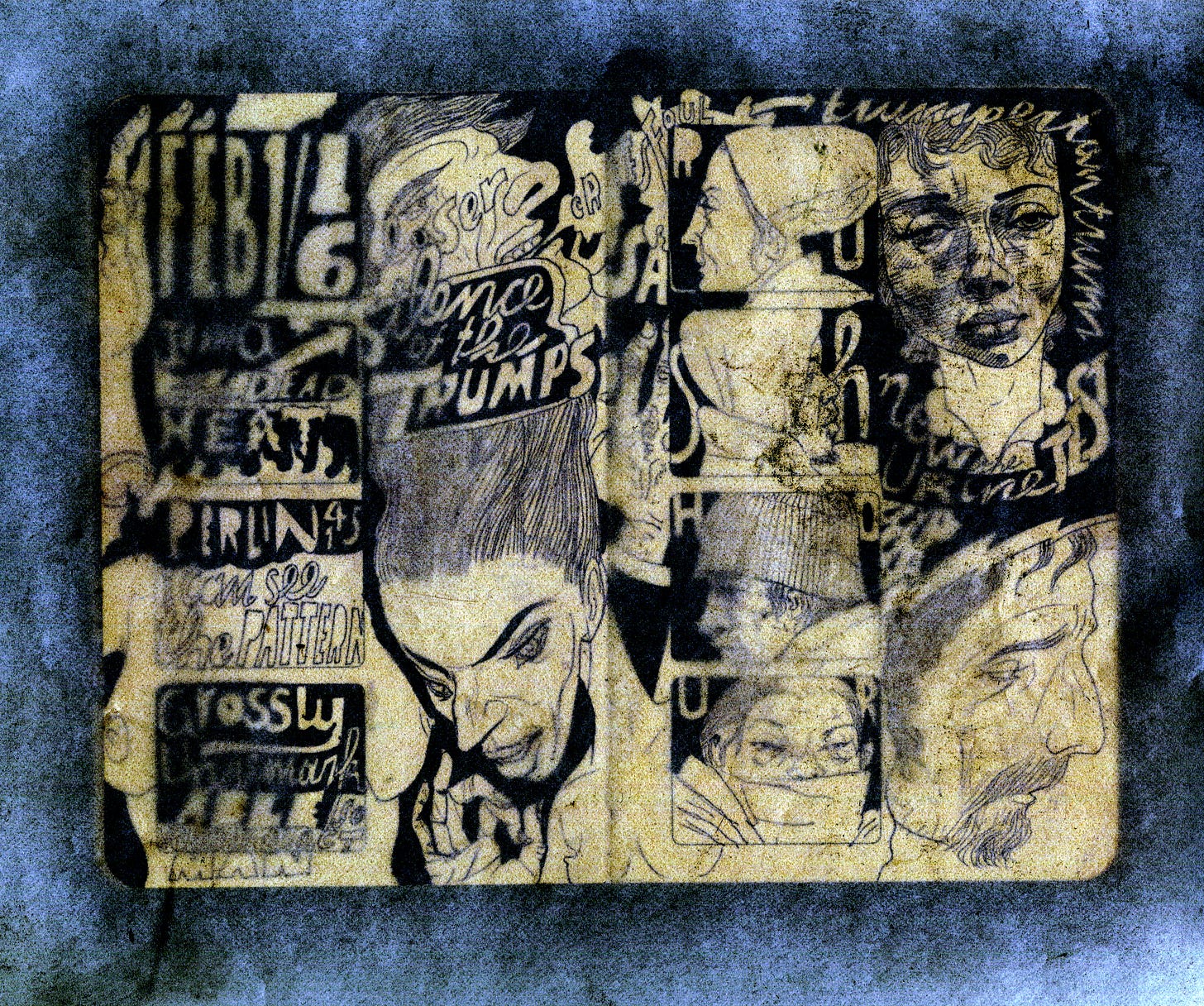My studio classes have ended until September, so of course I need to talk about the studio. Our brain is hard-wired for 'first impressions' and information that we later discover is false still lingers and can affect our judgement. This holds true for drawing as well. There is an online epidemic of methods, techniques and How To's for making terrible drawings. Follow the steps, watch the online tutorial and at the end you have pictures with hard edged certainty.
My first impression/introduction to life drawing was through a course that used a book called The Natural Way to Draw, written by Kimon Nicolaides. When I was first teaching introductory life drawing, I used The Natural Way to Draw. I read a recent review of The Natural Way to Draw, “too wordy and over emphasizes gestural drawing”. Well it was written in the late 1930's so maybe words were more important then? Too much gesture? How the hell can you have too much gesture! I would suggest that Nicolaides approach to observing from life, blind contour, contour drawing, gesture and tone is more relevant than the 5.4 billion search results in Google for 'How to Draw'.
But ‘How to Draw’ is not the task and most definitely not what I teach. I no longer utilize any of the Nicolaides approach in my life drawing classes. I think his ideas are useful if you are working without guidance. I do endorse his thinking about teaching drawing though—"The job of the teacher...is to teach students, not how to draw, but how to learn to draw." His exercises are specific to building a foundational practice of drawing, which are profoundly better than the reductive Andrew Loomis conventions. Nicolaides approach is more a way of situating yourself physically and conceptually in relationship to the subject.
How many wonderful drawings have I seen die on the page in a drawing class? Oh, the carnage. As I say to my classes, ‘Ok folks, we have to stop killing trees. Let’s talk.’ Typically the student making the drawing doesn’t recognize a great drawing, or when to stop, what good do I offer them by yelling STOP. It’s their instinct that needs to be honed not my sensibility to be met. How do they make an effective drawing when they have no clue how they got there? Ok, so how do their drawings improve if I’m not willing to guide their hands? First and foremost we need to stop thinking about drawing as if it begins and ends in the hand.
Like most things of value that we need to learn in life we have to practice, be present and be absolutely ready to be stupid (nod to Kentridge). Stupid in being willing to do 3 things, make mistakes that are only for you to learn from, waste a lot of materials and do work that is unabashedly yours. Don’t worry about how it looks, or making something ‘worth sharing’, if drawing isn’t about you and your engagement with a subject, you are doing it wrong. My job is to make an environment that celebrates, supports and rewards this approach.
So back to what the hell happens to our drawing hand in the studio. I deal with the head that guides the hand and the actual physical approach to the making of the mark. Watching how someone makes a drawing is more important than offering pro tips after the drawing is done. This is the problem with remote learning, drawing is a physical and conceptual activity, all I see in an online course is the sum of the decisions made in a drawing, when I need to see the steps you took upon the path. It’s like trying to decipher a crime scene without understanding the motive.
Teaching how to learn to draw, is the central task of the studio. I don’t use Nicolaides exercises in the studio because there are better and more individual exercises we can do because I am in the studio with my students. Avoiding the ‘how to’ approach means I am not always hanging over the shoulder of my students, and I don’t demonstrate the master strokes of drawing. It’s about what I don’t do—-don’t interrupt mistakes, don’t offer my answers. What! If a student is messing up, shouldn’t we direct them? This isn’t learning to drive a car and your student is accelerating towards a cliff, this isn’t life and death—-this is trial and error. Drawings need cliffs.








"Like most things of value that we need to learn in life we have to practice, be present and be absolutely ready to be stupid (nod to Kentridge)"
Is this William Kentridge the South African artist and where did you find quotes from him? Not that I have looked deeply but someone that has intrigued me since seeing a show a few years ago. Otherwise a great article on drawing and looking and paying attention, such a hard thing to do.